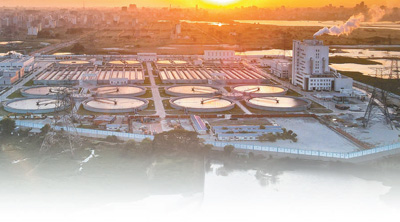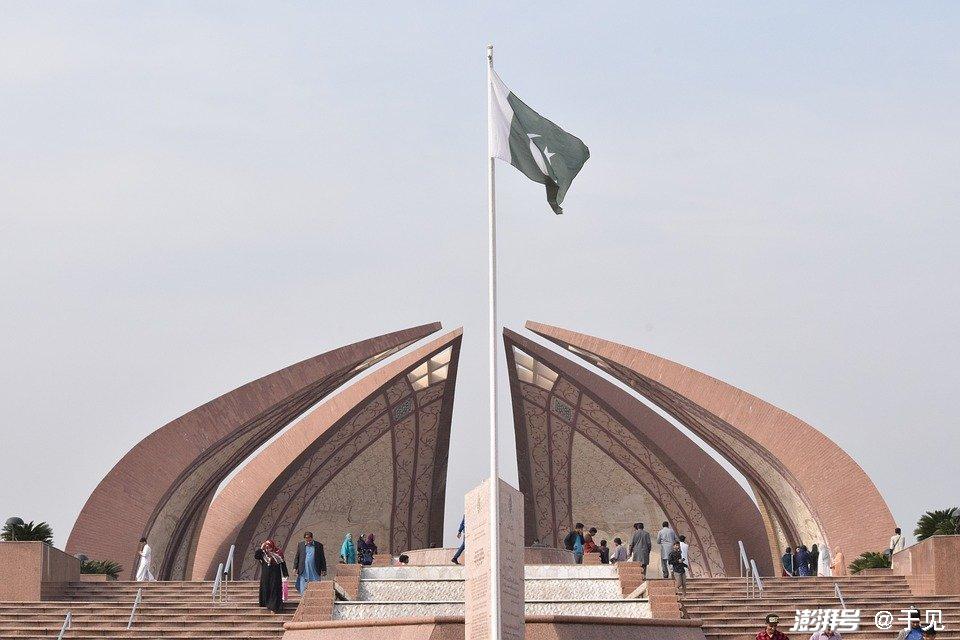Ma Qian's Journey To The Western Regions: Revealing The Ancient Silk Road: Was It Really Used To "iron" Silk?
Ma Qian's Journey To The Western Regions: Revealing The Ancient Silk Road: Was It Really Used To "iron" Silk?
In many people's minds, the Silk Road seems to be the "golden channel" for trade between the East and the West in ancient times, carrying the dream of prosperity and exchange. However, there seems to be quite a bit of misunderstanding about the purpose of the Silk Road, particularly whether it was primarily used to "iron" silk. today
In many people's minds, the Silk Road seems to be the "golden channel" for trade between the East and the West in ancient times, carrying the dream of prosperity and exchange. However, there seems to be quite a bit of misunderstanding about the purpose of the Silk Road, particularly whether it was primarily used to "iron" silk. Today, we will start from historical facts, comprehensively analyze the true use and function of the ancient Silk Road, and help everyone uncover this mysterious veil.
1. Historical background and origin of the Silk Road
The Silk Road originated in the Han Dynasty and has a history of more than 2,000 years. It is not just a single route, but consists of multiple trade routes on land and sea, connecting China, West Asia, Central Asia, South Asia, West Asia, Europe and even Africa. Its main purpose is to promote commodity exchange, cultural exchange and technological dissemination between the East and the West.
Initially, silk, as a famous product of China, became an important export commodity. With the continuous development of trade, the Silk Road gradually evolved into a complex trade network, covering the exchange of various commodities, culture, religion and technology.

Ma Qian went on an envoy to the Western Regions
2. The main functions of the Silk Road: commodity exchange and cultural exchange
1. Exchange of goods
The core function of the Silk Road was the circulation of goods. China's silk, porcelain, tea, paper, etc. are the main export commodities of countries and regions along the route. On the contrary, spices, gems, and metal products from Central Asia, spices, and glass products from West Asia, and even gold, silver, and wine from Europe all flowed into China and other eastern regions through this route.
2. Cultural exchange
In addition to commodities, the Silk Road also undertakes the task of spreading culture, religion, and technology. Buddhism was introduced to China from India and spread to East Asia through Central Asia, becoming an important religious belief. Business travelers, envoys, and scholars along the Silk Road became an important bridge for the exchange of ideas between the East and the West.
3. Technology communication
Papermaking, printing, metallurgical technology, astronomy, etc. were also introduced to different regions through the Silk Road, greatly promoting the development of various civilizations.
3. Misunderstandings about “ironing silk”
Some people mistakenly believe that the main purpose of the ancient Silk Road was to "iron" silk. In fact, this is a misunderstanding of history. The so-called "silk ironing" may originate from modern misunderstandings of silk preservation and processing methods, or a misunderstanding of ancient silk trade.
In fact, ancient silk did require certain sorting and processing during transportation and preservation, but "ironing" silk was not the main function of the Silk Road. The production and processing of ancient silk were mainly completed in China's silk towns, such as Suzhou, Hangzhou, Nanjing and other places. The finished products were carefully sorted, dyed and sewn before being packaged and exported.
In order to maintain the texture and luster of silk during long-distance transportation, merchants would perform some simple finishing on silk, such as using wooden flatteners or simple ironing tools, but this is far from indicating that the main purpose of the Silk Road was to "iron" silk.

4. The actual purpose of the Silk Road: the link between trade and culture
The core value of the ancient Silk Road lies in its role as a trade and cultural link between East and West. It has promoted the exchange of goods, the collision of ideas and the spread of technology between different civilizations, and has made great contributions to the development of world civilization.
For example, the opening of the Silk Road allowed Chinese silk, porcelain, and tea to be exported to Europe and the Middle East, and also allowed spices, gems, and metal products from Central and West Asia to enter the Chinese market. Through the exchange of these commodities, the lifestyles, religious beliefs, and artistic styles of different regions can be integrated and innovated.
In addition, the Silk Road also promoted the spread of religion. Religions such as Buddhism, Nestorianism, and Zoroastrianism were introduced to China and other regions through this route, enriching the religious culture of various places. In terms of technology, papermaking, gunpowder, compass, etc. were introduced from China and had far-reaching influence.
5. The influence and modern enlightenment of the Silk Road
The Silk Road was not only an ancient trade channel, but also a symbol of civilizational exchanges. It tells us that cooperation and exchanges between countries are far more important than simple commodity transactions. Today, the “Belt and Road” initiative is proposed in the spirit of the ancient Silk Road!





